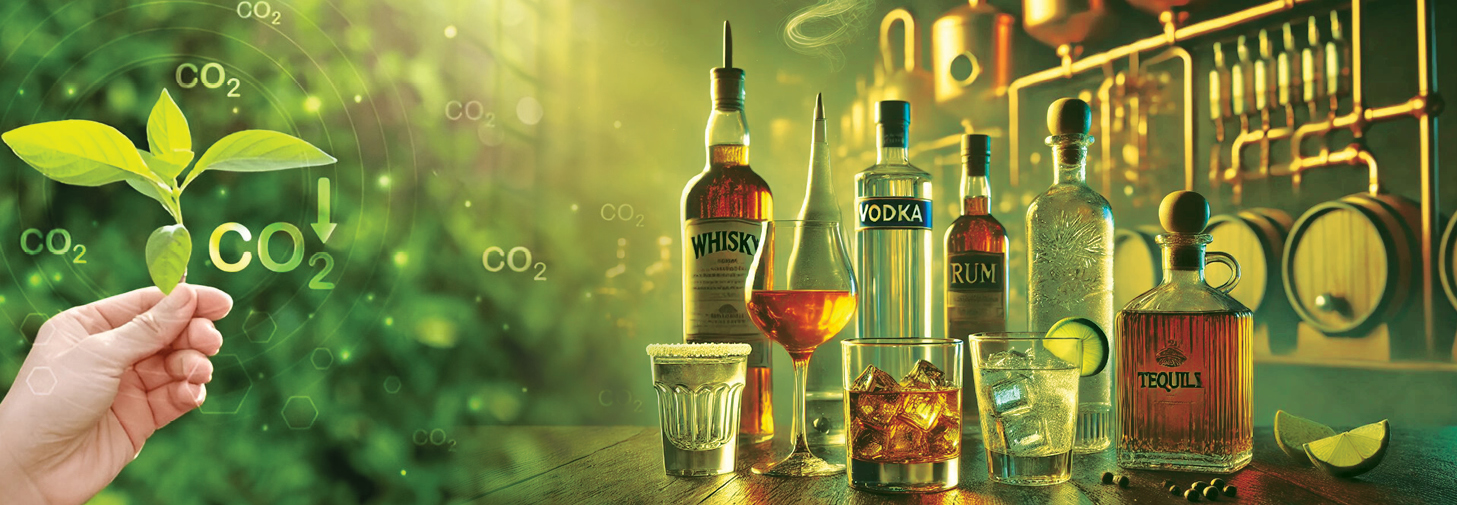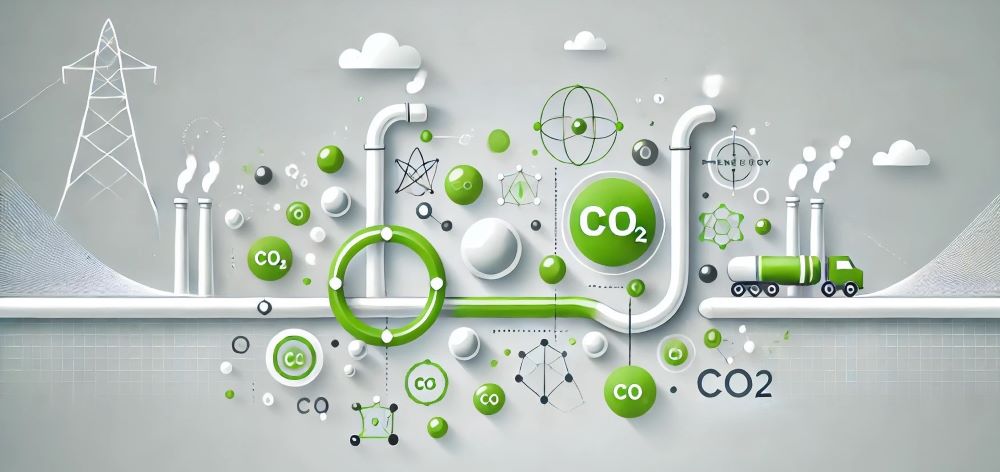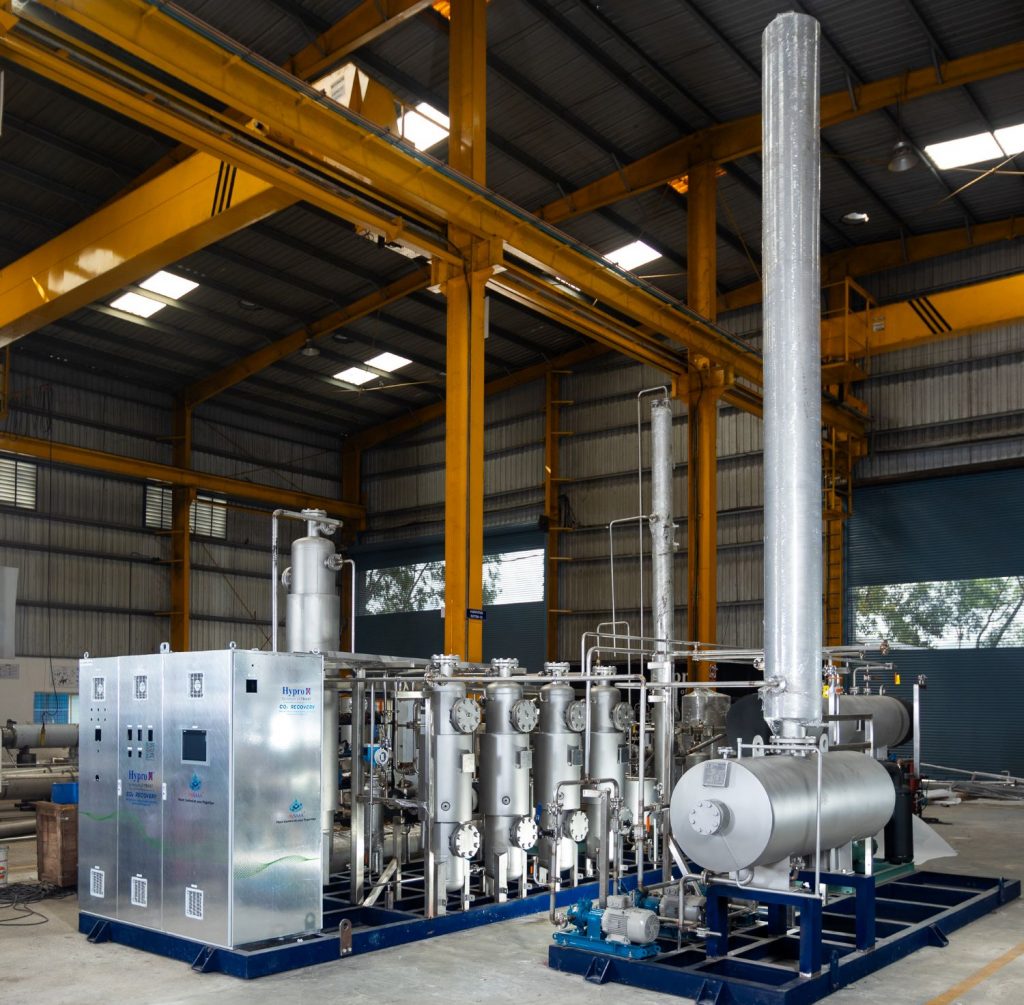#CO2 #Spirits #AlcoholBeverage #Sustainability
CO2 Recovery Distilleries: A Green Revolution in Alcohol Production
Distilleries are as diverse as the spirits they produce, yet their environmental challenges remain universally pressing. Alcohol production, particularly in distilleries, generates significant volumes of carbon dioxide during fermentation. This CO2, if left unmanaged, contributes to greenhouse gas emissions and environmental degradation. CO2 recovery offers an innovative solution, turning a byproduct of the distillation process into a valuable resource. By capturing, purifying, and repurposing CO2, distilleries can enhance their environmental credentials while improving operational efficiency.

The Environmental Impact of Distilleries
Distilleries play a critical role in the production of spirits, but they also have a notable environmental footprint. During fermentation, yeast converts sugars into alcohol and CO2. For every liter of ethanol produced, approximately 1.6 kilograms of CO2 are released. When multiplied across global production, the numbers become staggering.
Beyond emissions, distilleries generate by-products such as solid residues and liquid waste. Baijiu, a traditional Chinese spirit, exemplifies this with its production of “Jiuzao” (solid residues) and “Huangshui” (liquid waste). These by-products often remain underutilized, missing opportunities for integration into functional foods, cosmetics, and sustainable packaging. The need for an environmentally responsible approach has never been more critical.
CO2 emissions and by-products contribute to climate change, presenting a challenge for distilleries to address. Governments worldwide are tightening environmental regulations, compelling industries to adopt sustainable practices. CO2 recovery aligns seamlessly with these demands, enabling distilleries to minimize emissions while optimizing resource use.
The Science Behind CO2 Recovery Systems
Capture: CO2 is collected directly from fermentation tanks.
Purification: The captured CO2 is filtered to remove impurities, meeting the required standards for reuse.
Storage and Reuse: Purified CO2 is stored in tanks for later use, such as carbonation in beverages or preservation in packaging.
Modern systems, such as those developed by Hypro, integrate automation with simplified operations and energy-efficient technologies to achieve high recovery rates with minimal manual intervention. These innovations cater to distilleries of all scales, enabling even smaller operations to adopt sustainable practices without compromising on efficiency.
Economic Benefits of CO2 Recovery
Environmental Advantages of CO2 Recovery for Distilleries

By-Product Valorization: Expanding the Sustainability Spectrum
Functional Foods: Solid residues like “Jiuzao” can be transformed into animal feed or dietary supplements.
Cosmetics and Pharmaceuticals: Nutrient-rich by-products find applications in skincare and medicinal products.
Eco-Friendly Packaging: Liquid waste such as “Huangshui” is being explored as a base for biodegradable packaging materials.
Challenges and Practical Solutions
Hypro’s CO2 Recovery Success Story with A+CO OJSC, Azerbaijan

The Future of Green Distilling
In a nutshell
Related Posts
Engineering Sustainability
Hypro believes Earth Day is more than a moment - it’s a mission. From sustainability-driven innovations to CO₂ recovery and digital transformation, discover how Hypro...
Read MoreEnvironment First
On the World Environment Day, Hypro redefines the role of industry - not as a force that extracts, but as one that restores. With over...
Read MoreDistillery CO2
Distillery CO₂ recovery is more than a green initiative — it’s a profit driver. Yet hidden challenges like foam, oxygen ingress, transfer losses, and frozen...
Read More



